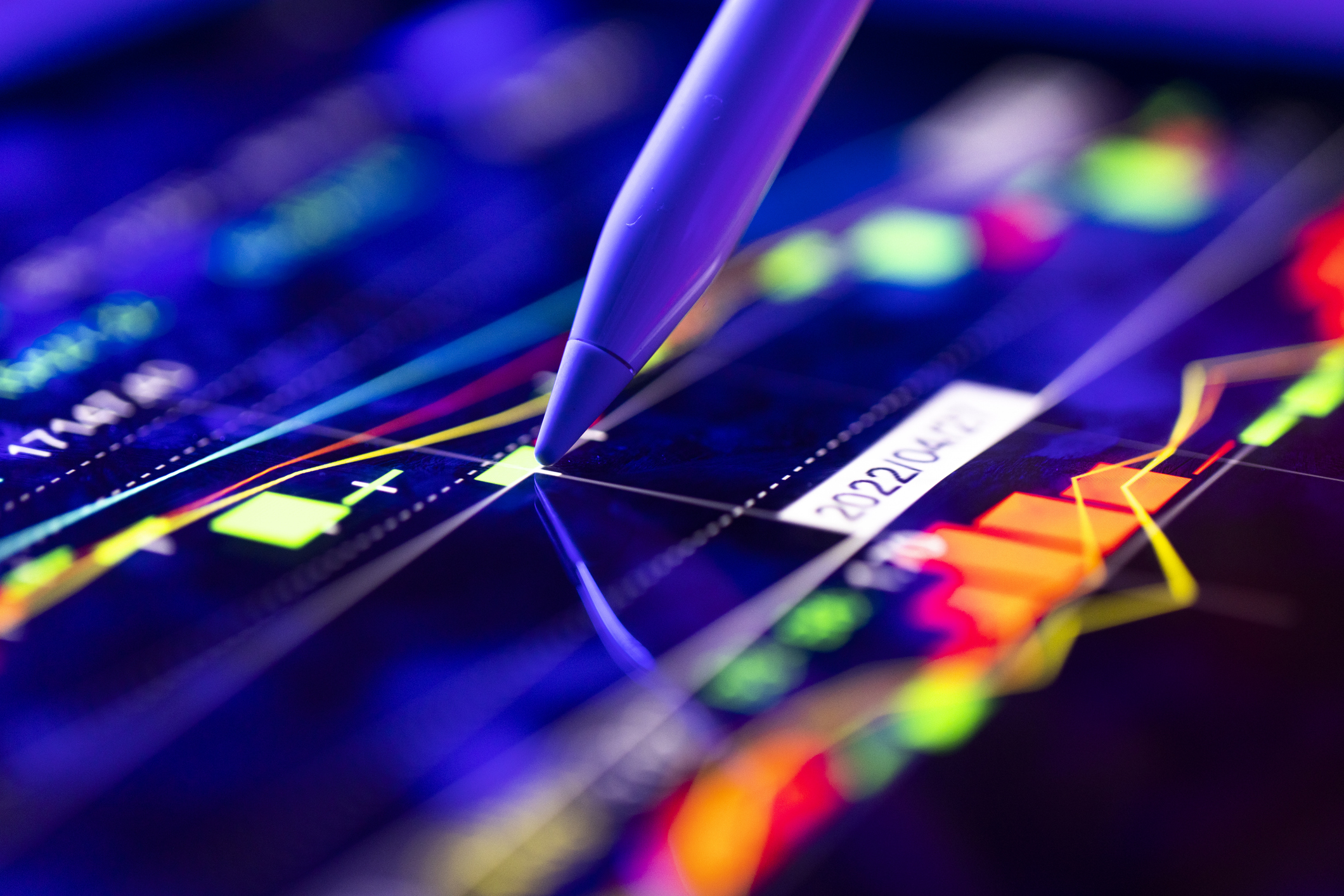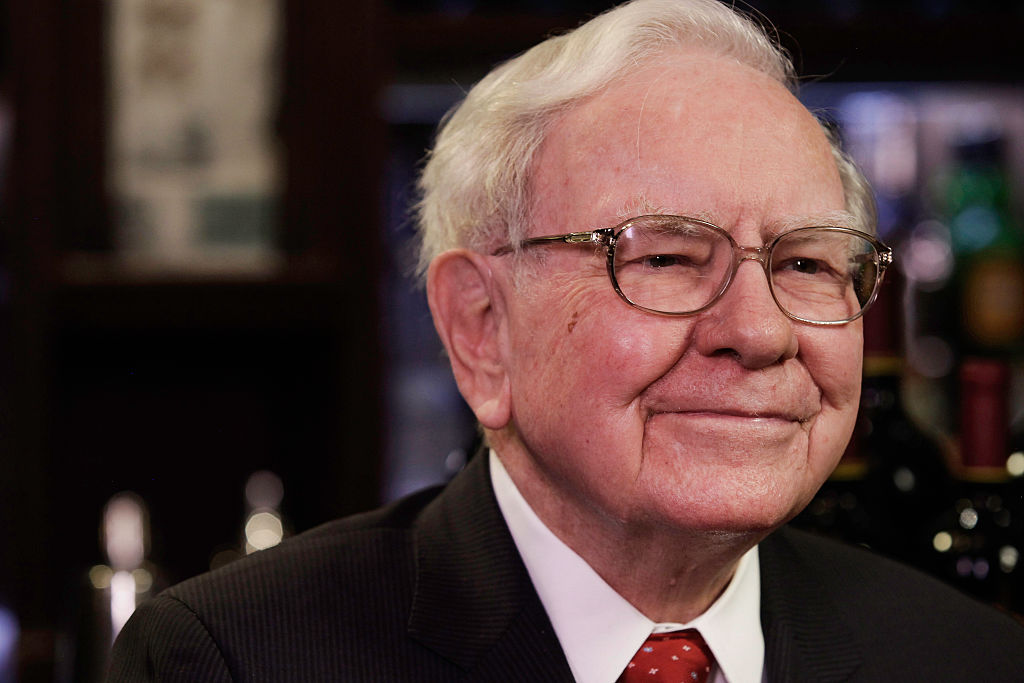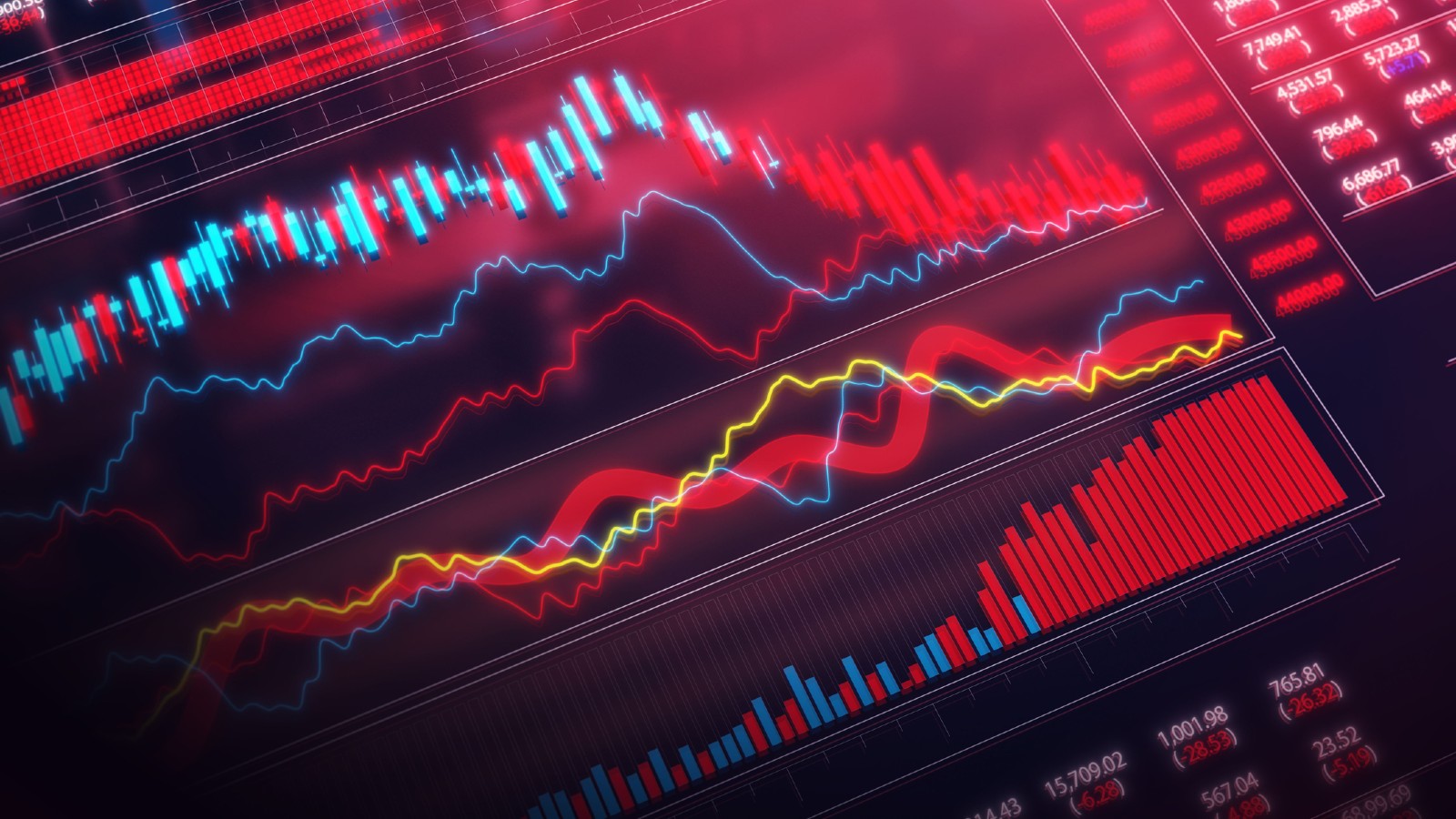Buy the Dow -- And Other Mega Caps
Stocks of the largest U.S. companies are surprisingly cheap in today's wretched market.

Mega-cap stocks were pulverized during the 1973-74 and 2000-02 bear markets. But mega caps -- stocks with the largest market capitalizations -- have performed so poorly for so long that they're now among this difficult market's most enticing stocks.
Only those of us with some gray in our hair can remember the "Nifty 50" -- the enormous companies whose stocks were too big to fall. In 1971 and 1972, as most other stocks lost ground, these "one-decision stocks" -- that is, stocks you bought, then forgot about -- were the only way to make money. How could stocks such as Coca-Cola (symbol KO), General Electric (GE), International Business Machines (IBM) and Johnson & Johnson (JNJ) ever inflict serious pain on shareholders? Many experts thought the party would never end.
Of course, it always does. In 1973-74, Standard & Poor's 500-stock index plunged 43% (on a total-return basis). It's not that most of the Nifty 50 weren't fabulous companies; indeed, most of them still are. The problem was that they were selling at an average of 41 times the previous 12 months' earnings. By comparison, the average historical price-earnings ratio of the S&P 500 is 16.
From just $107.88 $24.99 for Kiplinger Personal Finance
Become a smarter, better informed investor. Subscribe from just $107.88 $24.99, plus get up to 4 Special Issues

Sign up for Kiplinger’s Free Newsletters
Profit and prosper with the best of expert advice on investing, taxes, retirement, personal finance and more - straight to your e-mail.
Profit and prosper with the best of expert advice - straight to your e-mail.
The clear lesson: Don't overpay for stocks. Did investors learn? Well, we did for a while.
By April 1999, a new Nifty 50 -- represented by the Morgan Stanley U.S. Multinational Index -- was afire. (About half of the old Nifties graduated to the new list; others, including Halliburton (HAL), J.C. Penney (JCP) and Marsh & McLennan (MMC), were deemed unworthy of the Nifty designation because their growth slowed.) Tech stocks and other large-company growth stocks were minting money for investors. The only problem: The stocks in this mega-cap index were trading at an average of 36 times earnings for the previous 12 months. Sound familiar?
The mega caps continued to soar for another year before peaking in March 2000. In the subsequent bear market, the S&P 500 lost 47% -- roughly what it relinquished during the 1973-74 downturn. These two bear markets, a generation apart, were the worst since the Great Depression.
But things are much different now, and mega-cap stocks look extraordinarily attractive. According to calculations by the Leuthold Group, a Minneapolis-based investment-research firm, earnings of the new Nifty 50 have grown, on average, at an annualized rate of 8.9% since the spring of 1999. The stocks, meanwhile, sell at an average P/E of 16 based on earnings for the past 12 months.
In other words, even if the stocks of the Nifty 50 shriveled, the companies haven't done all that badly this decade. It has just been a matter of the stocks' price-earnings multiples falling back to Earth. Many of these mega caps have dropped so far that analysts, consultants and index keepers no longer consider them "growth" stocks and instead have placed them in the "value" bin.
Leuthold says the mega caps are attractively priced. Since 1962, the behemoths have, on average, sold at 20 times earnings. What's more, the other 450 stocks in the S&P 500 are a touch pricier, trading at an average P/E of 17. It's rare for the Nifties to be cheaper than the masses.
No one would argue that the P/E of the Nifty 50 should be 60% greater than the P/E of the rest of the S&P, as was the case in 1999. But, likewise, it's hard to contend that these companies -- the biggest the U.S. has to offer -- shouldn't trade at some premium. In fact, the average P/E for mega caps has historically been 22% greater than the P/E of the rest of the S&P. "These big companies may not be the growth dynamos they were expected to be in the late 1990s, but it is hard to believe that they don't deserve to recoup some level of P/E premium," Leuthold writes.
What to buy? There's no low-cost way to invest in the Morgan Stanley U.S. Multinational 50 Index. But you can buy the 30 mega caps in the Dow Jones industrial average via Diamonds Trust (DIA), an exchange-traded fund with an annual expense ratio of just 0.14%. The average market value (share price times number of shares outstanding) of the Dow stocks is $114 billion. That's more than twice the average market value of $51 billion for stocks in the S&P 500.
Perhaps the best fund plying these waters is Bridgeway Blue-Chip 35 Index (BRLIX). The fund invests an equal amount of money in 35 of the largest stocks, then rebalances quarterly. The average market value of its holdings is $113 billion. Bridgeway, which charges just 0.15% annually, has gained an annualized 4% over the past ten years through May 31-even with the S&P 500.
If you prefer an actively managed fund, consider Fidelity Mega Cap Stock (FGRTX). Formerly called Fidelity Growth & Income II, the fund holds stocks with an average market value of $67 billion at last report. But the size of the holdings should rise under the fund's new name and mandate. The biggest obstacle for veteran Fidelity manager Richard Mace is the fund's annual expense ratio of 0.81%. That's not high, but the fund is investing in the largest -- and most thoroughly researched -- companies available, so it's difficult for a manager to gain an edge over the competition.
Steven T. Goldberg (bio) is an investment adviser and freelance writer.
Profit and prosper with the best of Kiplinger's advice on investing, taxes, retirement, personal finance and much more. Delivered daily. Enter your email in the box and click Sign Me Up.

-
 Changes Are Coming for This Invesco Bond Fund
Changes Are Coming for This Invesco Bond FundThe Invesco BulletShares 2026 Corporate Bond ETF's bonds will mature in 2026. Here's what investors should do.
-
 What Science Reveals About Money and a Happy Retirement
What Science Reveals About Money and a Happy RetirementWhether you’re still planning or already retired, these research-based insights point the way to your best post-work life.
-
 7 Retirement Planning Trends: What They Mean for You in 2026
7 Retirement Planning Trends: What They Mean for You in 2026From government shutdowns to market swings, the past 12 months have been nothing if not eventful. The key trends can help you improve your own financial plan.
-
 If You'd Put $1,000 Into Coca-Cola Stock 20 Years Ago, Here's What You'd Have Today
If You'd Put $1,000 Into Coca-Cola Stock 20 Years Ago, Here's What You'd Have TodayEven with its reliable dividend growth and generous stock buybacks, Coca-Cola has underperformed the broad market in the long term.
-
 3M, GM, Blue Chips Lead to the Upside: Stock Market Today
3M, GM, Blue Chips Lead to the Upside: Stock Market TodayThe S&P 500 followed the Dow Jones Industrial Average into green territory, but the Nasdaq lagged the other indexes because of its tech exposure.
-
 Dow Leads as Merck, Amgen Gain: Stock Market Today
Dow Leads as Merck, Amgen Gain: Stock Market TodaySecond-quarter earnings season remained top of mind Tuesday, with Coca-Cola and GM among those reporting.
-
 Stock Market Today: Stocks Struggle Amid Tariff Uncertainty
Stock Market Today: Stocks Struggle Amid Tariff UncertaintyBoeing dropped after China suspended new aircraft orders, while Bank of America and Citi climbed on earnings beats.
-
 5 of Warren Buffett's Best Investments
5 of Warren Buffett's Best InvestmentsThe Oracle of Omaha generated plenty of wins throughout his illustrious career as an investor. Here are five of Warren Buffett's best investments.
-
 Stock Market Today: Markets Reflect Elevated Uncertainty
Stock Market Today: Markets Reflect Elevated UncertaintyInvestors and traders as well as CEOs and central bankers continue to adjust to a new administration in Washington, D.C.
-
 Is Coca-Cola Stock Still a Buy After Earnings?
Is Coca-Cola Stock Still a Buy After Earnings?Coca-Cola stock is higher Tuesday after Warren Buffett's favorite soft drink maker beat expectations for its fourth quarter. Here's what you need to know.
-
 Stock Market Today: Stocks Start the New Year With a Hangover
Stock Market Today: Stocks Start the New Year With a HangoverEquities continued their post-holiday slide as investors fled risk assets.